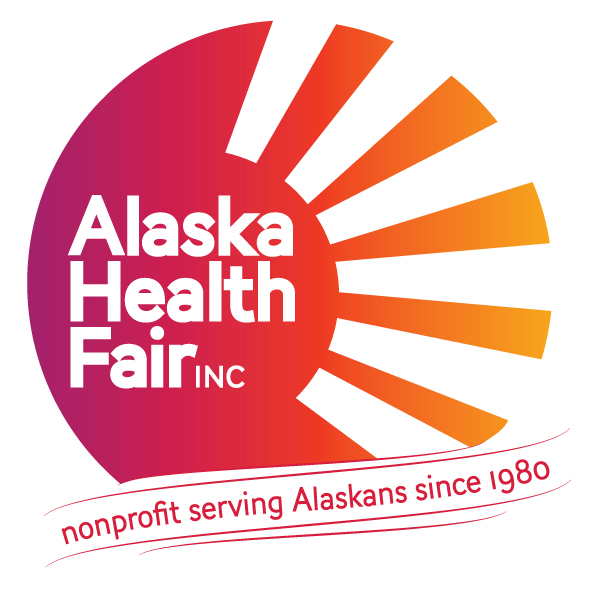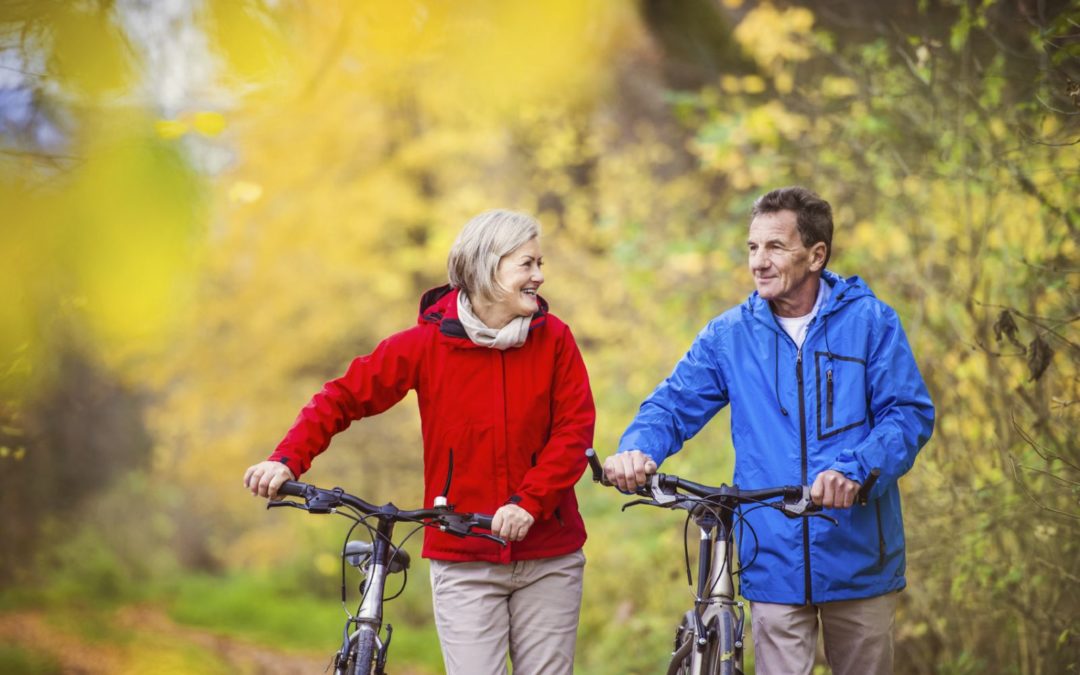Whether the aim is to lower blood pressure, lose weight or live longer, big goals feel like they require big change. In a moment of inspiration, you might even sign up for a 12-week yoga boot camp or declare yourself a new vegetarian.
But following through on transformation isn’t always smooth sailing.
“When we set big goals for ourselves that require sudden, drastic changes to our daily lives, those changes might last for a day or two but not much longer,” says Stephen L. Kopecky, M.D., a Mayo Clinic cardiologist.
He recommends approaching lifestyle changes in the same way you would learning a musical instrument or teaching a child math: one step at a time.
Here are some small actions that can lead to powerful transformations.
Take one less bite a day of unhealthy foods
If you want to make healthy food choices, Dr. Kopecky suggests starting with a single bite. Leave the pizza crust on your plate and instead help yourself to another bite of salad. Or add a single slice of apple to your breakfast.
Even small swaps add up.
“Substituting one bite of meat hamburger with one bite of a vegetable a day can lower the risk of death from cancer or heart disease,” he says.
His other tip? “Don’t fill up on meat. Your healthy bites should be whole grains, legumes, veggies or fruit.”
Once it’s a habit, he says, it will feel easy to move on to the second bite.
Cut corners without sacrificing the meal
You don’t have to stop eating the foods you love, but you may need to think differently about portions.
“Eat anything you want,” says Dr. Kopecky. “But don’t eat as much as you want of anything you want.”
He suggests taking out half your egg yolk, removing skin from chicken and reducing usual portions. A daily serving of red meat should be no bigger than a deck of cards. Limit yourself to a pat of butter each day.
When it comes to fruit, head for the freezer aisle instead of the produce section. Flash-frozen produce is blanched and quickly frozen after it’s picked, which helps preserve its nutritional value. When produce travels across the world, it can degrade by the time it reaches your refrigerator.
Double-check labels and research online to find flash-frozen produce. Bonus: Frozen produce is generally cheaper than fresh.
Get up and move for 3 to 5 minutes every hour
Dr. Kopecky says there are 2 parts to physical activity: moving more and sitting less.
“If you get up at 5 a.m., go to the gym for an hour but then sit at your desk all day, you haven’t optimized your health,” he says.
If you lead a sedentary life — and most Americans do — get up every hour to move your body in a way that you enjoy. Here are some ideas:
- Try a pushup during a commercial break from your favorite television show.
- Stand up from your computer chair and roll your shoulders and neck.
- Walk down the hall to visit a co-worker, or take a lap around the house if you’re working from home.
- Use a bathroom on another floor.
- Walk around the block when you take a break to get some fresh air and movement.
You can also find opportunities throughout the day for what Dr. Kopecky calls “accidental exercise.” For example, sweep 2 rooms of your house or take a brisk lap in the supermarket before putting anything in the cart.
Take 10 minutes for intervals
No time for a long workout? No problem.
Interval training is a highly effective and time-efficient form of exercise. It consists of short, 30-second bursts of high-intensity activity with periods of rest. For example, switching from walking to jogging, or biking hard up a hill during a leisurely ride.
How hard should you go?
Dr. Kopecky says that during those high-intensity bursts, you should be saying to yourself, “Wow, this is really hard, and I can’t keep this up too much longer.”
The level of activity that gets you there will be different for everyone. It will change for you as well, as you become more physically fit and can go even harder.
Say these two words
“It’s OK.”
Forgiving yourself when you hit a slump is important. Positive self-talk takes practice just like anything else, but eventually being friendly to yourself will become second nature.
When that happens, Dr. Kopecky says, “Your thoughts will become more positive and rational, your confidence will grow, and your stress levels will go down.”
Be kind to yourself. Slow, consistent steps toward change, with plenty of opportunities to celebrate small victories, is the way to go.
- Kopecky SL (expert opinion). Mayo Clinic. Jan. 15, 2020.
- Physical Activity Guidelines for Americans. 2nd ed. U.S. Department of Health and Human Services. https://health.gov/our-work/physical-activity/current-guidelines. Accessed July 23, 2021.
- 2020-2025 Dietary Guidelines for Americans. U.S. Department of Health and Human Services and U.S. Department of Agriculture. https://www.dietaryguidelines.gov. Accessed July 23, 2021.
- Kopecky S. Physical activity and lifestyle benefits on reduction in chronic diseases. Presentation at: SASMA/BRICSCESS Conference; Oct. 11, 2019; Cape Town, South Africa.
- Streed J. Flash-frozen benefits: Mayo Clinic Radio Health Minute. Mayo Clinic. https://newsnetwork.mayoclinic.org/discussion/flash-frozen-benefits-mayo-clinic-radio-health-minute/. Accessed July 29, 2021.
- Kopecky SL. Live Younger Longer. Mayo Clinic Press; 2021.
Source:
The Mayo Clinic
Contributed by
Linda Vlastuin, RN, MS, Kidney Health Educator

